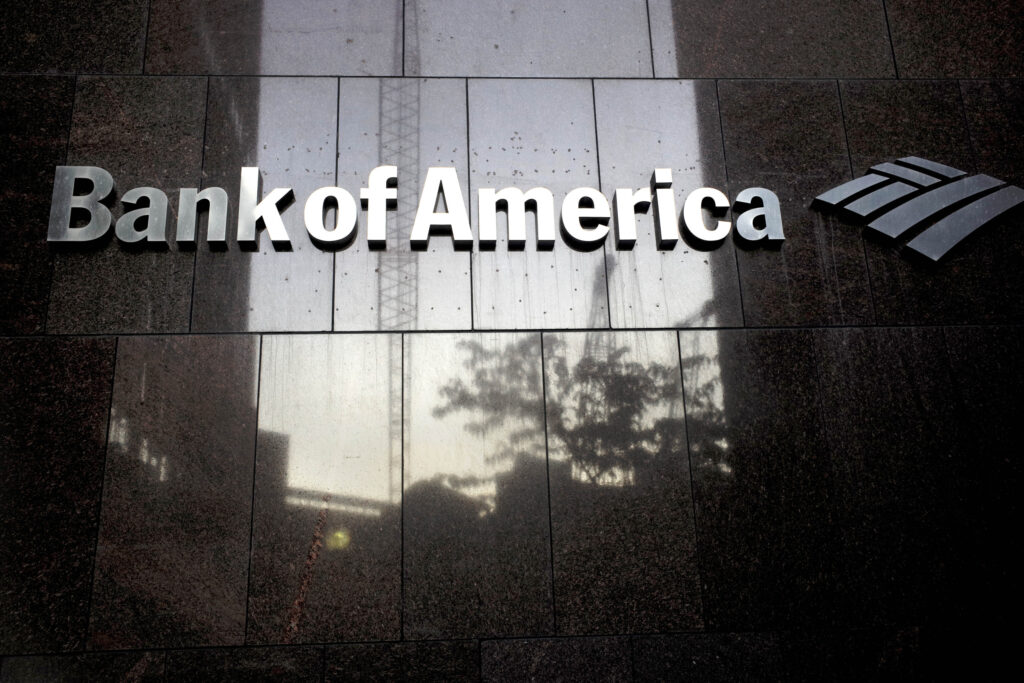As hundreds of U.S. bank branches have been marked for closure this year, some concern has been raised as to what this means for Americans, particularly those with limited access to the internet and online banking.
Why Are So Many Banks Closing?
Carola Frydman, a professor of finance at the Kellogg School of Management, told Newsweek that the “closing of bank branches reflects to a large extent a move to digital and online banking, which I expect will only continue given the changes in technology.”
James J. Choi, a professor of Finance at the Yale School of Management, agreed, telling Newsweek: “I think that’s just a response to the fact that Americans are getting more of their banking services digitally, so there’s a lot less need for physical bank branches to exist.”
Recent data from Statista showed there has been a continued decline in people attending U.S. bank branches in person. In the fourth quarter of 2024, 45 percent of U.S. bank account holders reported conducting activities in person at a branch, a decrease from 53 percent from the first half of 2019.
Just over half of American consumers visit a bank branch up to four times a year, according to a study by Rivel Banking Research, and there are clear generational differences in the data.
Generation Zers visited bank branches an average of 3.6 times per year, while baby boomers averaged 4.6 visits annually, the study found.
Commenting on the change in the banking landscape, Michael Jamesson, principal at Jamesson Associates, told Newsweek that over the last 15 years or so “branches have been closed while bank consolidation has continued apace.”
Alongside the shift towards mobile technology, he added that the branch closures could also potentially reflect “overlapping locations as banks merge,” meaning that the high cost of running smaller, more rural locations becomes “less viable.”
Where Are Banks Closing?
Bank branches are closing across the country, with high numbers of closures in California, Illinois, Michigan, New Jersey, New York, Ohio, Pennsylvania and Texas.
In New York, according to the Office of the Comptroller of the Currency’s (OCC) Weekly Bulletin from March 22, there are 35 proposed bank branch closures.
List of 2025 Closures So Far
The full list of bank branch closures in 2025 can be seen below, based on the OCCs Weekly Bulletin from March 22.
Which Banks Are Closing Most Branches?
There are some 40 U.S. Bank locations set to close, according to OCC data, and 49 Wells Fargo branches as well as 52 Flagstar locations. Many other lenders are also announcing closures.
Bank of America and JPMorgan Chase are planning to shutter numerous branches this year as well.
What It Means for Your Finances
Branch closures will affect Americans differently. Jamesson told Newsweek: “Some benefit as dollars devoted to physical locations are shifted to digital options, while others see service declines.”
He said that “digital savvy consumers have seen a huge increase in access to bank services even as physical locations have shrunk.”
Meanwhile, those without digital access, less affluent consumers and those in rural areas are more likely to be “disadvantaged by the move towards fewer branch locations,” he added.
Banking is therefore not that different from other retail companies, Jamesson said to Newsweek.
“The rise of online purchases has had a devastating impact on malls and on many retail shops in more rural locations. Many welcome the ability to shop from home while others bemoan the loss of local shopping options,” he said.
Also commenting on the impacts of the bank branch closures, Frydman told Newsweek that “since many banking services can be provided online, this will be disproportionately costly to those that have a harder time accessing or using online banking, relative to physical locations, such as the elderly or low income households.”
“If switching to online services is costly to many and the move to online banking creates more concentration in banking services, it could diminish competition and increase costs to consumers more broadly,” she added.
Can You Still Trust Traditional Banking?
The branch closures are nothing to be concerned about in terms of protection and safety, the experts told Newsweek, as the reduction of physical locations does not change the security of bank accounts.
Frydman said: “I don’t see this as a reason not to trust banks,” while Choi added that he believes the bank branch closures have “no implications for whether Americans can trust banks or whether their money is safe in banks.”
He said that their “money is quite safe because of Federal Deposit Insurance Corporation [FDIC] protection.” The FDIC provides deposit insurance to protect a person’s money in the event of a bank failure.
Jamesson agreed there is “no reason to believe that traditional banking is less trustworthy than it has been,” adding that “better regulation in the wake of the financial meltdown in 2007-2009 has made the American banking system more resilient.”
Read the full article here
